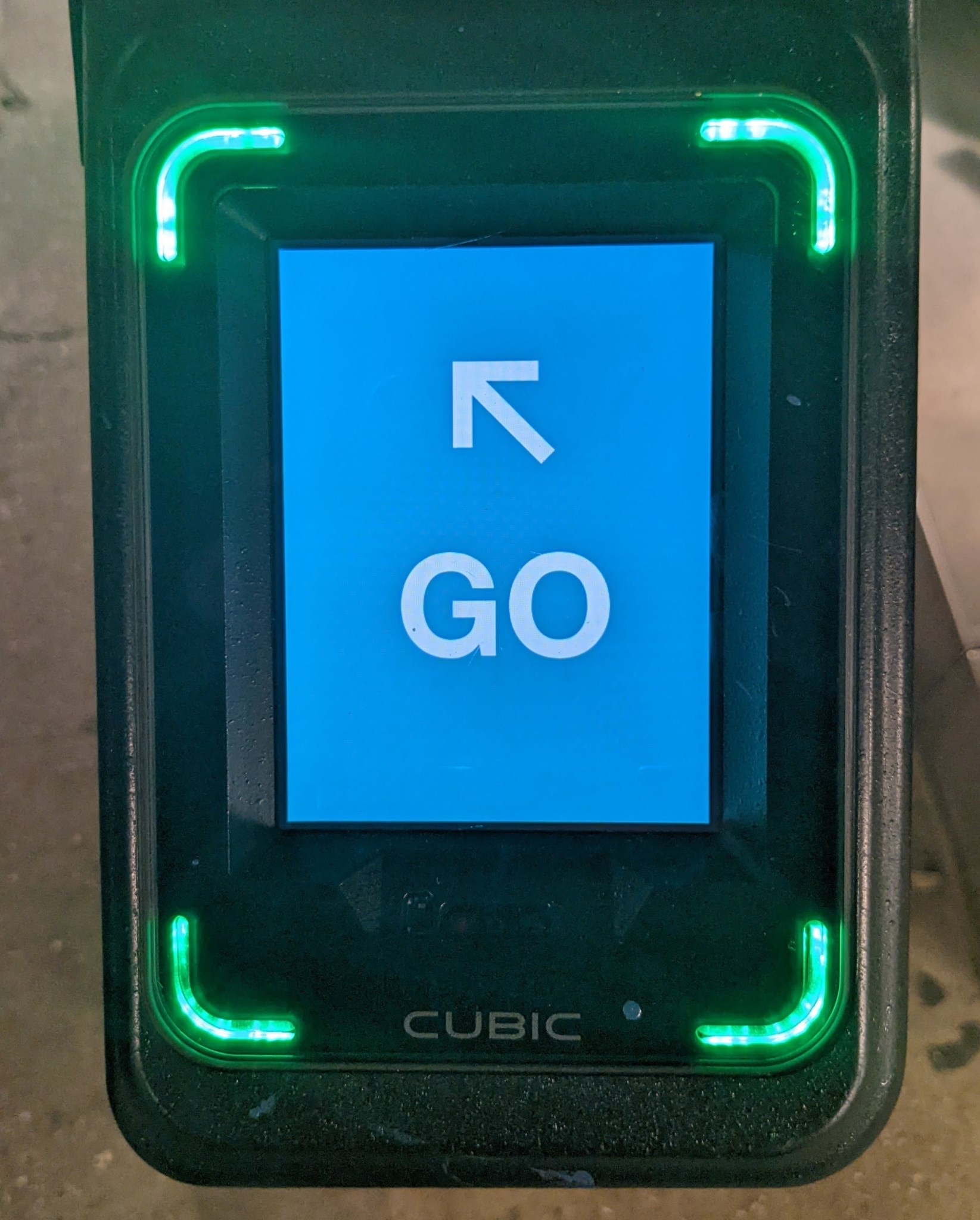Navigating NYC Subway Payments: MetroCard vs. OMNY
New York City’s subway system is a vital part of the city’s infrastructure, providing millions of rides each day. For both residents and visitors, understanding how to pay for subway rides efficiently can make commuting smoother and more convenient. The two primary payment methods are the traditional MetroCard and the newer OMNY system. Here’s a practical guide to help you decide which option suits your needs best.
MetroCard: The Traditional Choice
The MetroCard has been the staple of NYC subway payments for decades. It’s a physical card that you can purchase and refill at vending machines located in subway stations. Here’s what you need to know about using a MetroCard:
- Types of MetroCards: There are two main types: Pay-Per-Ride and Unlimited Ride. Pay-Per-Ride deducts a fare each time you swipe, while Unlimited Ride cards offer unlimited travel for a set period (7 or 30 days).
- Purchasing and Refilling: MetroCards can be bought and refilled at vending machines or station booths. Machines accept cash, credit, and debit cards. Keep in mind that there’s a $1 fee for purchasing a new card.
- Discounts and Transfers: With a Pay-Per-Ride MetroCard, you get a 5% bonus for every $5.50 you add. Transfers between subways and buses are free within two hours of your initial swipe.
- Expiration and Replacement: MetroCards expire, so check the date printed on the back. If your card is lost or damaged, you can transfer the balance to a new card by visiting a station booth.
OMNY: The Contactless Future
OMNY (One Metro New York) is the MTA’s new contactless fare payment system, designed to replace the MetroCard by 2024. It allows riders to pay using a contactless credit/debit card, smartphone, or wearable device. Here’s how OMNY works:
- Ease of Use: Simply tap your contactless card or device on the OMNY reader at the turnstile. There’s no need to purchase or refill a physical card, making it a convenient option for those who prefer digital payments.
- Compatibility: OMNY works with most contactless credit and debit cards, as well as mobile payment systems like Apple Pay, Google Pay, and Samsung Pay. Ensure your card or device is set up for contactless payments before using it.
- No Additional Fees: Unlike the MetroCard, there are no additional fees for using OMNY. You pay the standard fare directly from your card or device.
- Real-Time Tracking: OMNY allows you to track your travel history and manage your payment methods through the OMNY website or app, providing a modern, user-friendly experience.
Choosing the Right Option for You
Deciding between a MetroCard and OMNY depends on your travel habits and preferences. Here are some factors to consider:
- Frequency of Travel: If you’re a frequent traveler, an Unlimited Ride MetroCard might save you money. However, if you prefer not to carry a physical card, OMNY’s contactless system offers convenience.
- Payment Preferences: Those who prefer using cash might lean towards the MetroCard, as OMNY requires a contactless card or digital payment method. Conversely, if you’re comfortable with digital payments, OMNY is hassle-free.
- Visitor vs. Resident: Visitors might find OMNY more convenient, as there’s no need to purchase a card. Residents, especially those who travel daily, might benefit from the cost savings of an Unlimited Ride MetroCard.
- Transition Period: As the MTA transitions fully to OMNY, it’s worth familiarizing yourself with the system. Eventually, the MetroCard will be phased out, making OMNY the primary payment method.
In conclusion, both the MetroCard and OMNY offer unique benefits. The MetroCard provides familiarity and options for those who prefer traditional payment methods, while OMNY offers a modern, contactless experience. Consider your travel habits and payment preferences to choose the best option for your NYC subway rides.
